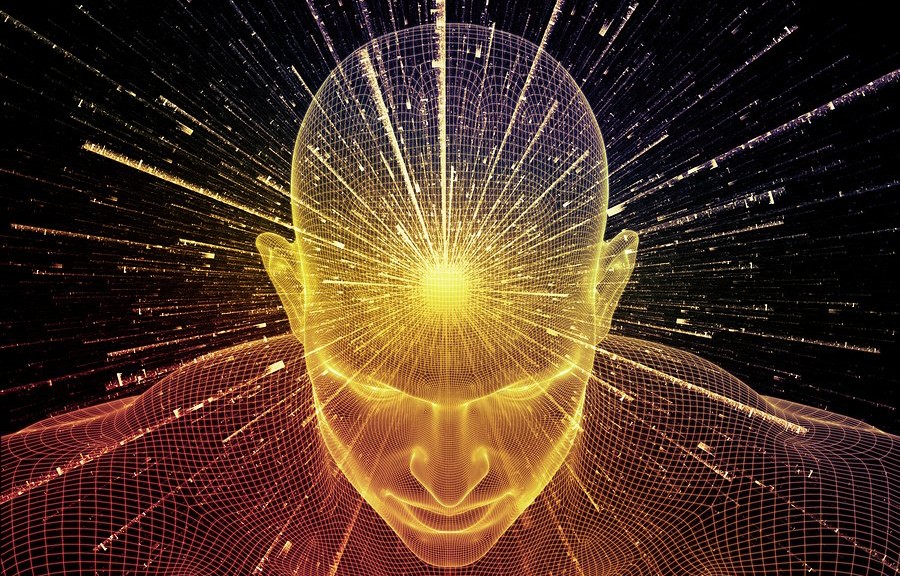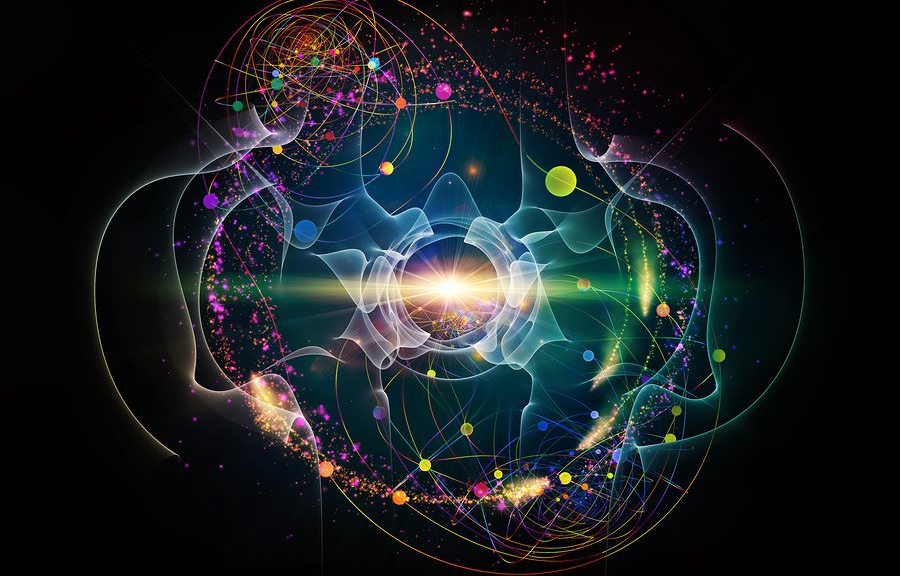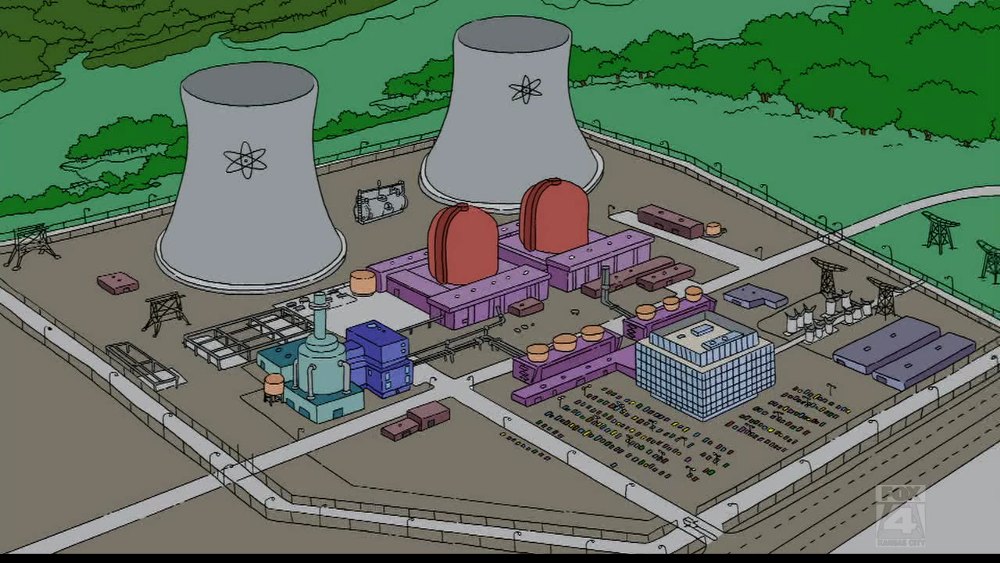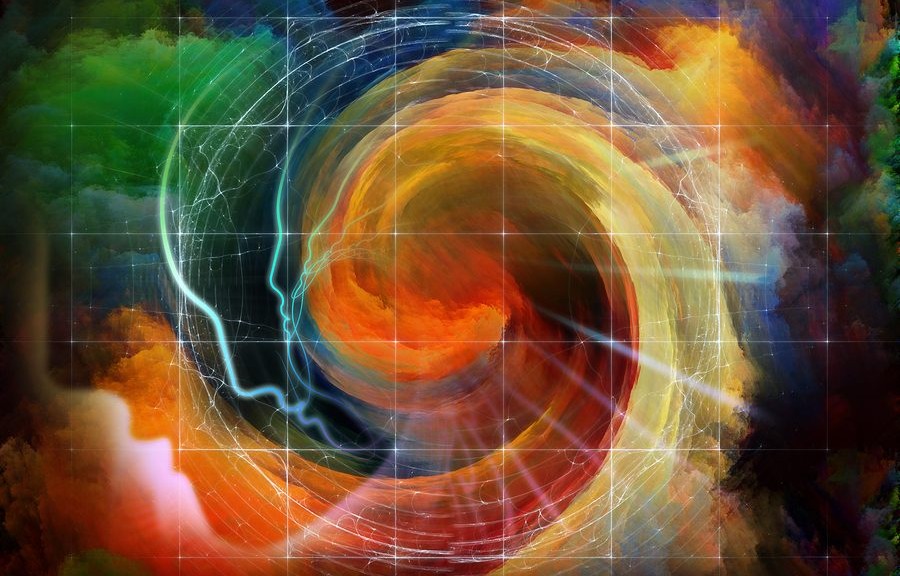Introduction
About a year ago, I wrote an article called The Essence of Life: Two Potential Models. In that article, I explained that all the matter around us, which includes the bodies and brains of living beings, are made up of protons, neutrons, and electrons. These fundamental particles “swap out” all the time, and yet we still are who we are; our consciousness doesn’t change as the particles change. From this, it was posited that consciousness (or our “souls”) doesn’t reside in our matter, but from the arrangement of the matter, or the exact way that memories and experiences are chemically stored in the brain. Continue reading Is Consciousness Fundamental?





